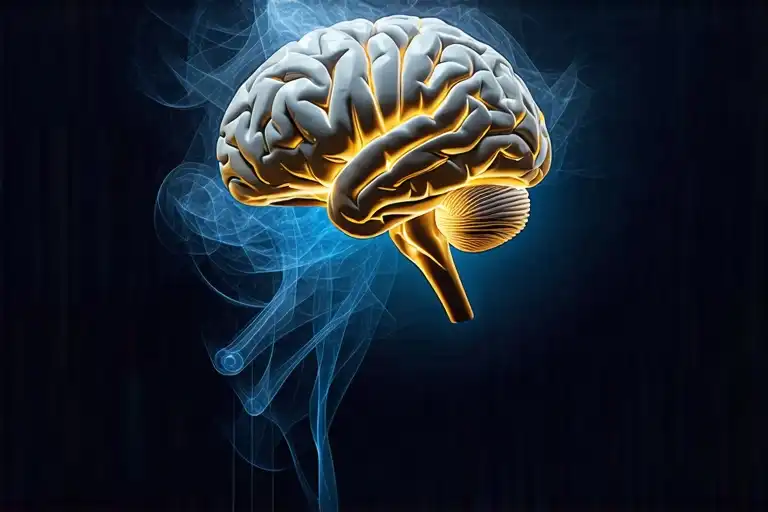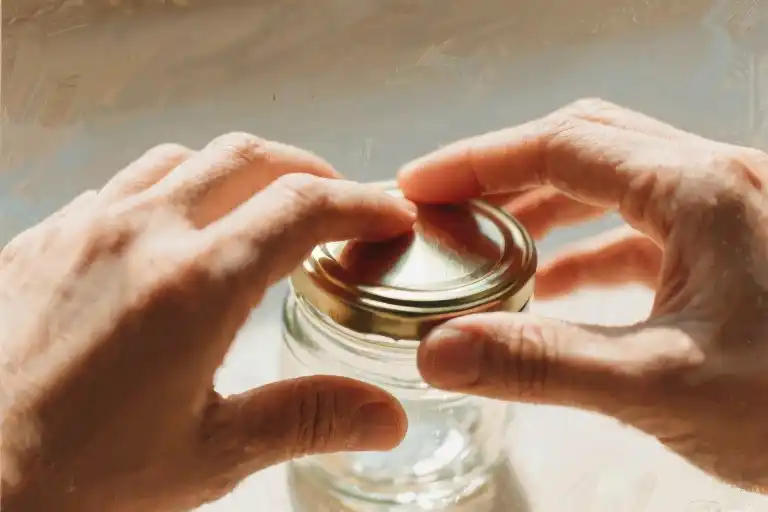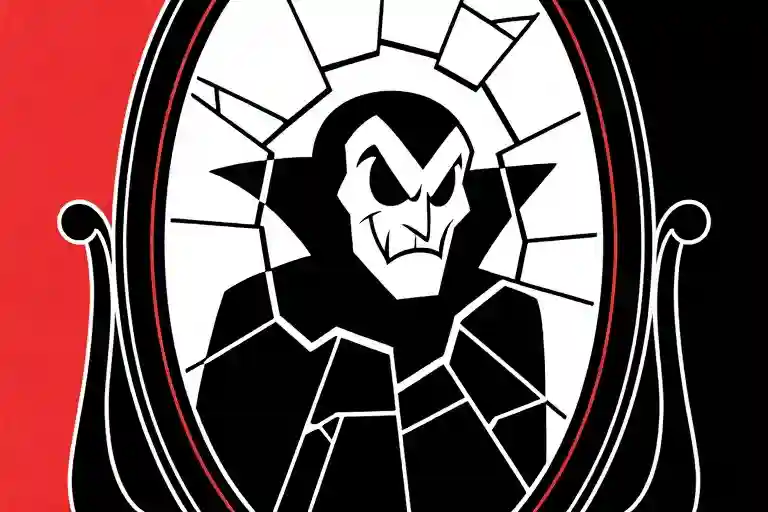The clock glows 2:17 AM in the darkness of your bedroom. That familiar ache creeps in again—the one that sends your fingers scrolling through photos you swore you’d delete, reading old texts that still twist your stomach. You trace the pixels of their face, wondering how someone who caused so much pain can now feel like a lifeline.
Here’s what your heart needs to hear tonight: You’re not missing them. You’re missing who you were with them. That younger version of yourself who believed in second chances, who mistook chaos for passion, who hadn’t yet learned how deep some wounds can cut.
Why do we crave what once destroyed us? It’s not love—it’s withdrawal. Like a neurological hangover, your brain replays random moments of tenderness while conveniently fading the screaming matches and broken promises. The silence of your present feels heavier than the turmoil of your past, so your mind tricks you into thinking that pain was preferable to this quiet.
You’ll notice it most in these vulnerable hours:
- When your bed feels too big
- When a song shuffles into rotation
- When someone asks “How are you really?”
That hollow feeling isn’t proof you made a mistake by leaving. It’s evidence you’re detoxing—from false hope, from trauma bonds, from mistaking familiarity for safety. Like phantom limb syndrome, your psyche keeps reaching for what’s no longer there because the neural pathways are still worn deep.
Three truths to hold onto when the memories surge:
- Nostalgia lies—it highlights 10% joy while editing out 90% hurt
- Loneliness is temporary—running back guarantees permanent damage
- This emptiness is sacred space—where your real healing begins
Tonight, instead of reopening old wounds, try this: Name one thing you gained by walking away. Just one. Maybe it’s sleeping through the night without anxiety clawing at your chest. Maybe it’s finally hearing your own thoughts without their voice drowning them out. That small truth is your anchor—the first thread of the new story you’re weaving.
Remember: Missing someone doesn’t mean they belong in your present. Sometimes it simply means you’re ready to meet the version of yourself that survives this.
The Addiction to Familiar Pain
Your hands tremble as you stare at that saved screenshot—the last “good morning” text they sent before everything unraveled. Your chest tightens when their favorite song plays unexpectedly. You catch yourself rereading old conversations, not because they bring joy, but because the ache feels disturbingly familiar. This isn’t love. This is withdrawal.
The Biology of Longing
That physical craving you experience? It’s your brain’s dopamine system playing tricks on you. Studies show romantic rejection activates the same neural pathways as cocaine withdrawal (referencing 2011 fMRI research by Fisher et al.). Your body has become addicted to:
- The adrenaline spikes during arguments
- The dopamine hits from intermittent affection
- The cortisol-fueled hypervigilance that made you feel “alive”
Like any detox, the first 30 days are brutal. Your mind will romanticize the chaos, conveniently forgetting the sleepless nights and eroded self-esteem. When withdrawal hits:
- Physically: Practice box breathing (4-7-8 counts) to regulate your nervous system
- Digitally: Use app blockers during vulnerable hours (10pm-2am)
- Chemically: Increase omega-3s and magnesium to support neurotransmitter rebalancing
The Void That Lies Beneath
What you’re truly craving isn’t them—it’s the illusion of wholeness they temporarily provided. Unhealthy relationships often become emotional Band-Aids for:
| What You Feel Now | What You’re Actually Missing |
|---|---|
| Crushing loneliness | The distraction from your unresolved pain |
| Directionlessness | The drama that gave false purpose |
| Self-doubt | Their voice overriding your inner critic |
This explains why painful nostalgia intensifies when you face adulting challenges—that job rejection or lonely Saturday night makes the past seem deceptively “easier.”
Reclaiming Your Narrative
The most insidious damage? How you unconsciously absorbed their definition of you. That critical voice in your head whispering “You’ll never do better”? It’s not yours—it’s their leftover programming. Try this cognitive audit:
- List 3 negative beliefs you internalized (e.g., “I’m too emotional to be loved”)
- Trace each to specific comments/moments (“When they mocked me for crying on 5/12/22”)
- Rewrite with forensic truth (“My sensitivity makes me profoundly empathetic—a gift they couldn’t value”)
Key Insight: Withdrawal symptoms peak at 3 days, 3 weeks, and 3 months. Mark these dates in your calendar with encouraging notes to your future self.
Breaking the Spell
Next time memories ambush you, ask these reality-check questions:
- “Would I want my best friend in this relationship?”
- “What current problem would returning actually solve?”
- “What trait did I suppress to keep this person?” (Your answer reveals what to reclaim)
This isn’t about erasing history—it’s about changing what those memories mean. That “special place” you shared? Go back alone with new music playing, rewriting its emotional signature. Their old hoodie? Dye it a bold color and make it yours again.
Remember: Withdrawal passes. What you’re rebuilding—your unfiltered self—is permanent.
5 Steps to Detox Your Memories
That moment when their name lights up your phone screen at midnight. Your breath catches. Fingers hover. The rational part of you knows better, but your nervous system remembers—the dopamine rush of their attention, the temporary relief from loneliness. This isn’t about willpower; it’s about rewiring biological patterns. Here’s how to break the cycle:
Digital Decluttering: Operation Clean Sweep
- The Archive Ritual
Create a password-protected folder (use random characters you’ll forget) and move all photos/chat histories there. This isn’t preservation—it’s containment. The act of sealing these memories mimics psychological closure. - The 24-Hour Rule
Before unblocking or checking their social media, wait one full day. Ninety percent of urges pass within this window. Track each resisted impulse as a victory in your notes app.
Body First Aid: When Memories Hit
- 4-7-8 Breathing (Physical Circuit Breaker)
Inhale through your nose for 4 counts → Hold for 7 → Exhale through pursed lips for 8. Repeat until your heart rate matches the rhythm. This resets your fight-or-flight response. - Sensory Grounding
Keep a “now kit”: - Cold gel eye mask (triggers mammalian diving reflex)
- Textured worry stone
- Sour candy (shocks the system into present-moment awareness)
Cognitive Rewriting: The Story Edit
Fill in these statements whenever nostalgia distorts reality:
“I used to think _ meant they cared, now I know _ was about control.”
“I used to believe I needed _ to feel whole, now I create _ for myself daily.”
Pro tip: Handwrite these—the kinetic motion builds new neural pathways.
Replacement Therapy: Building New Tracks
Your brain keeps returning to old memories because they’re well-worn paths. Start laying fresh trails:
| Old Trigger | New Response |
|---|---|
| Their favorite song plays | Play your “Empowerment Playlist” Track #1 |
| Passing their coffee shop | Discover a new café and order “your” drink |
The Emergency Contact Protocol
Designate three people who get these exact texts when you’re vulnerable:
🔴 “Code Red: Talking me out of texting them”
🟡 “Code Yellow: Just need distraction”
🟢 “Code Green: Ready to process feelings”
Give them permission to respond with pre-approved tough love when needed.
Remember: Withdrawal symptoms peak at 3 weeks. Track progress in a dedicated journal—noting even small wins like “Didn’t check their Spotify for 48 hours.” Every resisted urge weakens the emotional connection, like unwatering a plant until it withers. You’re not erasing the past; you’re reclaiming your present.
Becoming the Person You Miss
That version of yourself you’ve been longing for? She never left. She’s just been waiting beneath layers of disappointment, folded between pages of old journals, lingering in the melody of songs you used to love. What if I told you the person you truly miss isn’t gone—you simply need to reintroduce yourself.
Reclaiming What Was Always Yours
Begin by separating their shadow from your light. Make two lists:
- The Borrowed Traits: Characteristics that emerged reactively (people-pleasing, hypervigilance)
- The Core Self: Qualities that existed before them (your wit, curiosity, resilience)
Example: That fearless way you’d try new restaurants alone? That wasn’t because of them. The way you made strangers feel seen in conversations? That predates your relationship. These are your birthright.
The Ritual of Reinvention
Symbolic acts create neural pathways. Consider:
- Geographical Reclamation: Return to “your places” alone—order what you actually want this time
- Sensory Signals: Wear a fragrance they never knew, creating new memory anchors
- Digital Archaeology: Scroll to pre-them social media posts, noticing forgotten passions
Pro Tip: Take a photo during these outings. Date it. These become your “rebirth” timeline.
The 21-Day Future Self Challenge
Each morning, ask: “What would the version of me I’m becoming do today?” Then complete one micro-action:
| Day Range | Focus Area | Sample Actions |
|---|---|---|
| 1-7 | Physical | • 15-min dance sessions |
- Hydration tracking |
| 8-14 | Creative | • Doodle old daydreams - Rewrite a bad memory as fiction |
| 15-21 | Social | • Text a friend a memory they don’t know - Attend one unfamiliar event |
Key Insight: The person you miss didn’t have some magical quality—they had space to be that version of you. Create that space again.
When The Pull Feels Strong
In weak moments, try this mental reframe:
“I don’t actually miss [Name]. I miss feeling [emotion] when we [activity]. I can create that feeling by [healthy alternative].”
Example: “I don’t miss Jake. I miss feeling excited when we planned trips. I can create that by researching solo travel to Portugal.”
Your Next Chapter Starts Now
That unbroken version of yourself? She’s not in the past. She’s in the next book you’ll read, the new recipe you’ll burn, the unfamiliar street you’ll turn down just because. The most powerful reunion isn’t with them—it’s with the parts of you that got quiet but never disappeared.
Tonight’s small step: Set a 3-minute timer. Write down every hobby, habit or happiness you abandoned during that relationship. Circle one to revisit this week.
Closing the Chapter with Hope
There will come a night—maybe sooner than you think—when you’ll whisper “thank you” to your past self for not hitting send on that message. For deleting the photos instead of revisiting them. For choosing the unfamiliar ache of growth over the familiar sting of that old pain.
Your Future Self Is Waiting
Right now, do one tangible thing to honor that future version of you:
- Digital declutter: Permanently delete one conversation thread or photo that typically triggers nostalgia
- Sensory reset: Light a new candle or play a new song to overwrite old memory associations
- Anchor statement: Write “My healing is non-negotiable” on a sticky note for your bathroom mirror
These aren’t just actions—they’re neural pathway renovations. Every small choice wires your brain toward self-preservation rather than self-destruction.
The Mosaic of Becoming
Visualize your growth as assembling a mosaic:
- The broken pieces: What you mistakenly thought defined you (“I’m only lovable when…”)
- The grout: Lessons that hold your new self together (“My worth isn’t transactional”)
- The emerging pattern: Glimpses of who you’re becoming (“Someone who chooses peace over drama”)
This isn’t about replacing what was lost—it’s about creating something entirely new from materials you didn’t know you possessed. The gaps between pieces? Those are where the light gets in.
When the Pull Returns (Because It Will)
Bookmark this moment for future you:
“The loneliness feels like it’s about them, but it’s really about you learning to be complete on your own. This emptiness is the necessary space for your next chapter.”
Keep walking. Your wholeness isn’t behind you—it’s waiting in the unfamiliar territory ahead.





